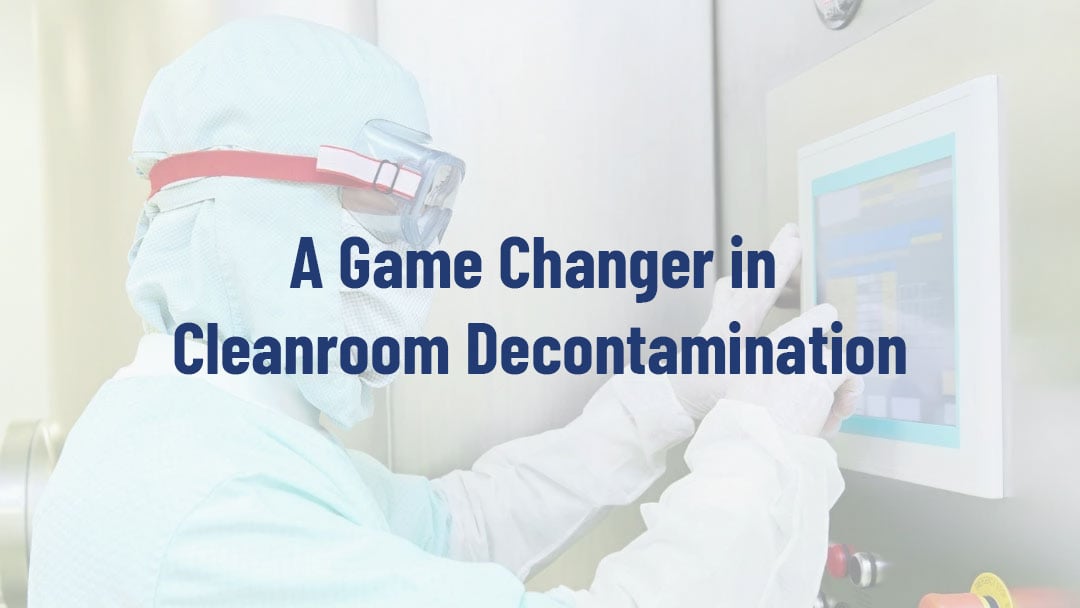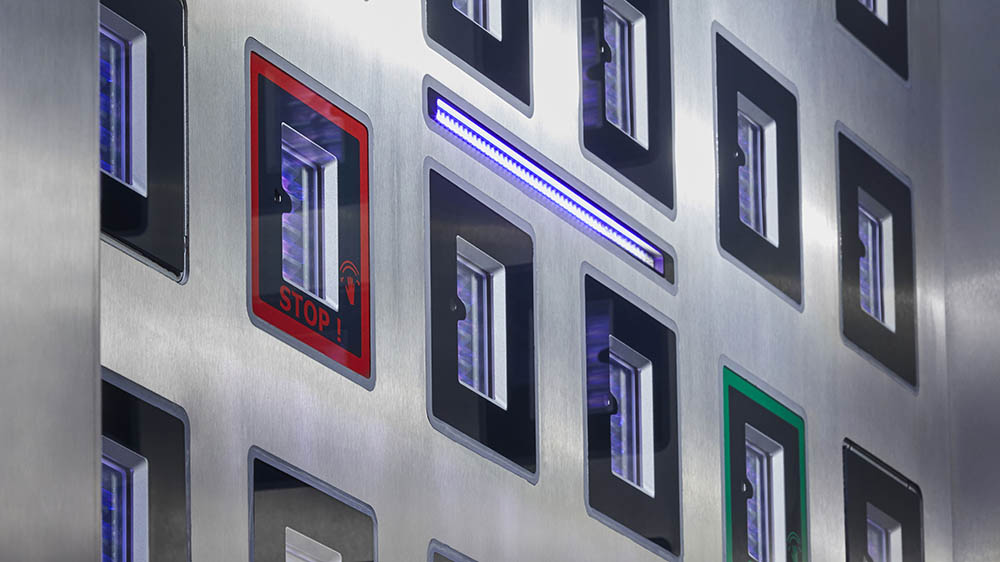5 min read
Environmental Monitoring in Cleanrooms: Product Safety with Far-UVC
 Rasmus Bakholm Pedersen
:
13 Feb, 2025
Rasmus Bakholm Pedersen
:
13 Feb, 2025
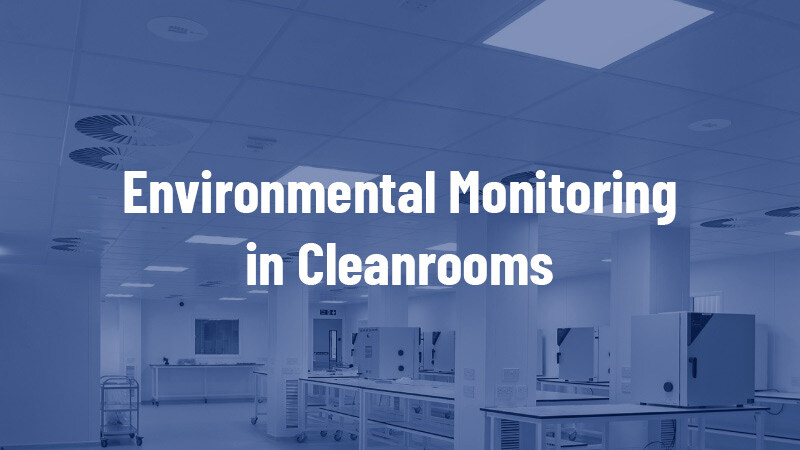
From pharmaceuticals and biotechnology to semiconductor manufacturing, the cleanliness of environments is paramount. Any contamination in a controlled setting can lead to compromised product quality and patient safety. Cleanrooms are at the forefront of this battle for decontamination. As industry standards evolve innovative decontamination methods such as Far-UVC at 222 nm are gaining attention as valuable additions to traditional environmental monitoring strategies.
Understanding Cleanroom Environmental Monitoring
Cleanrooms are designed to maintain extremely low levels of particulates, microbes, and other contaminants. They are critical in industries where even the slightest impurity can ruin a product or compromise a process. For example:
- Pharmaceuticals: Microbial contamination can affect product quality and patient safety.
- Semiconductor Manufacturing: Minute particles can lead to defects in electronic components.
- Biotechnology: High-precision processes demand environments free from any biological interference.
The Role of Environmental Monitoring
Environmental monitoring is a systematic approach to sampling and analyzing various parameters within a cleanroom to ensure that contamination levels remain within prescribed limits. Monitoring typically includes:
- Air Sampling: Utilizing particle counters and microbial air samplers to detect airborne contaminants.
- Surface Sampling: Employing swabs, contact plates, and rapid test methods to evaluate microbial loads on surfaces.
- Personnel Monitoring: Assessing the contribution of personnel to particulate and microbial loads.
- Environmental Parameters: Measuring temperature, humidity, and pressure differentials to ensure the cleanroom operates within optimal conditions.
Regulatory standards (such as ISO 14644) provide guidelines on acceptable contamination levels, and environmental monitoring helps manufacturers ensure compliance while protecting product integrity.
Traditional Methods and Their Limitations
Traditional environmental monitoring methods have served the industry well for decades. However, these methods have certain limitations:
- Intermittent Sampling: Many techniques only provide snapshots in time rather than continuous data, potentially missing transient spikes in contamination.
- Reactive Rather Than Proactive: Conventional methods detect contamination after it has occurred, rather than preventing it.
- Human Error: Manual sampling methods are subject to variability and inconsistency.
The Science Behind Far-UVC at 222 nm
What is Far-UVC?
Far-UVC light refers to ultraviolet light with a wavelength between 200 and nanometers, with 222 nm being the most commonly used wavelength. Unlike conventional UVC lamps, which typically emit light at 254 nm, Far-UVC's unique properties make them particularly attractive for use in occupied spaces.
How Does Far-UVC Work?
The germicidal effect of ultraviolet light stems from its ability to inactivate microorganisms by damaging their nucleic acids. Far-UVC at 222 nm operates on a similar principle:
- Microbial Inactivation: When Far-UVC photons are absorbed by the DNA or RNA of bacteria, viruses, and mold, they induce the formation of thymine dimers or other photoproducts that disrupt replication and repair processes. This effectively renders the microorganisms nonviable.
- Safety for Humans: The shorter wavelength of Far-UVC means it has a limited penetration depth in biological tissues. While it is effective at inactivating microbes, it does not penetrate the outer dead-cell layer of human skin or the tear layer of the eyes.
Advantages Over Conventional UVC
- Continuous Use in Occupied Spaces: Unlike traditional UVC (254 nm), which poses health risks, Far-UVC can be safely used in occupied spaces. Its constant operation in cleanrooms not only decontaminates the environment but also effectively reduces bioburden by inactivating airborne and surface microorganisms in real time.
- Minimized Material Degradation: Far-UVC is less likely to cause degradation of materials and surfaces within the cleanroom, thereby extending the life of sensitive equipment.
- Mercury-Free and RoHS Compliant: Far-UVC systems are mercury-free, helping facilities comply with RoHS (Restriction of Hazardous Substances) directives. This environmentally friendly feature reduces hazardous waste and ensures that the technology aligns with stringent environmental and safety standards.
Integrating Far-UVC into Cleanroom Environmental Monitoring
Improving Sterility Through Proactive Decontamination
Traditional cleanroom management relies on environmental monitoring to detect contamination, followed by corrective actions. With Far-UVC technology, facilities can take a proactive approach by continuously reducing microbial loads. Although Far-UVC does not monitor contamination, it improves overall cleanliness by:
- Continuous Inactivation: Far-UVC systems operate continuously to inactivate airborne and surface microbes in real time, reducing overall bioburden.
- Complementing Conventional Monitoring: While traditional methods are used for detection and data collection, Far-UVC acts as a constant barrier, preventing the proliferation of contaminants.
- Reducing Downtime: By maintaining consistently low microbial levels, Far-UVC minimizes the need for deep cleaning and reactive shutdowns, thus enhancing operational uptime.
Technical Considerations for Integration
When considering the adoption of Far-UVC technology, several factors must be addressed:
- Lamp Placement and Coverage: To achieve effective decontamination, Far-UVC sources must be strategically placed to ensure even coverage across the cleanroom. This may involve mounting lamps on ceilings or integrating them into the HVAC system.
- Dosage and Exposure Time: Determining the optimal dosage of Far-UVC is crucial. Too little may be ineffective, while too much could, in rare cases, lead to material degradation. Manufacturers need to calibrate systems based on the room size, layout, and specific microbial threats.
- Regulatory Compliance: It is essential to work with regulatory bodies to ensure that the integration of Far-UVC systems meets all necessary safety and efficacy standards. This might include obtaining specific certifications or performing routine audits.
Benefits and Challenges of Far-UVC in Cleanroom Applications
Benefits
- Safety: Continuous decontamination minimizes the risk of contamination-related incidents that could compromise both product quality and patient safety.
- Increased Operational Efficiency: By reducing the frequency of environmental deviations and the need for manual cleaning interventions, Far-UVC systems can lead to improved overall efficiency.
- Real-Time Protection Through Proactive Decontamination: Far-UVC technology continuously decontaminates by inactivating airborne and surface microbes in real time, complementing conventional monitoring by providing a constant decontamination barrier.
- Scalability: Far-UVC technology can be adapted to various cleanroom sizes and configurations, making it a versatile solution for diverse industries.
Challenges
- Initial Investment: While the upfront cost of installing Far-UVC systems may exceed that of traditional disinfection methods, the savings are substantial. Expensive shutdowns for decontamination can severely impact production and revenue. Far-UVC minimizes downtime and reduces maintenance expenses, ultimately offsetting the initial investment by ensuring continuous, efficient operation.
- Technical Integration: Integrating Far-UVC with existing environmental monitoring requires careful planning and expertise. Ensuring even distribution and consistent performance may involve additional design and engineering challenges.
- Regulatory Hurdles: Although Far-UVC is emerging as a safe technology, ongoing research and regulatory evaluations are essential. Facilities must stay abreast of evolving standards and guidelines.
A Paradigm Shift in Environmental Monitoring
The integration of Far-UVC into cleanroom environments signals a paradigm shift in how we approach environmental monitoring and contamination control. Rather than relying on periodic sampling and reactive cleaning protocols, facilities can now embrace a more proactive, continuous decontamination model. This shift not only ensures product quality and patient safety but also opens the door for innovations that could redefine cleanroom standards in the coming years.
Far-UVC at 222 nm offers a groundbreaking solution. Its ability to inactivate harmful microbes and mold continuously, without posing risks to human health, makes it a game-changer for cleanrooms. By integrating Far-UVC technology with conventional monitoring systems, facilities can achieve a dual-layered defense: continuous decontamination combined with precise, real-time monitoring.
The benefits are clear:
- Patient Safety and Product Quality are ensured by keeping bioburden low
- Increased operational uptime and efficiency.
However, the journey toward widespread adoption of Far-UVC is not without challenges. Initial costs, technical integration, regulatory hurdles, and the need for long-term data are factors that must be carefully considered. Yet, the potential rewards of a safer, cleaner, and more efficient operating environment are substantial.
For industry leaders and facility managers, the message is clear: embracing innovation is not just an option; it is imperative for staying ahead in a rapidly evolving landscape.
Never Miss our Best Articles - Join the Far-UVC Newsletter
FAQ - Environmental Monitoring in Cleanrooms
-
What is Far-UVC at 222 nm, and how does it work in cleanrooms?
Far-UVC is ultraviolet light in the 200–230 nm range (typically 222 nm) that inactivates microbes by damaging their DNA/RNA. Its limited penetration ensures effective disinfection while remaining safe for human exposure in cleanrooms.
-
Is Far-UVC safe for use in occupied cleanroom environments?
Yes, Far-UVC is safe. Its short wavelength only affects the outer dead skin layer and tear film, significantly reducing health risks, making it ideal for continuous use in occupied cleanrooms.
-
How can Far-UVC be integrated with existing environmental monitoring systems?
Integrate Far-UVC by installing lamps in high-risk areas or within HVAC systems to disinfect air continuously. It complements conventional monitoring by proactively reducing microbial loads in real time.
-
What are the key technical considerations for installing Far-UVC systems?
Key factors include ensuring even lamp placement, calibrating optimal dosage, scheduling regular maintenance, and adhering to regulatory standards. Integration with existing HVAC and monitoring systems is also essential.
-
How does Far-UVC reduce downtime and boost operational efficiency?
Far-UVC continuously decontaminates cleanrooms, preventing microbial spikes that trigger shutdowns. This proactive disinfection minimizes deep cleaning interruptions and maintains a consistently low contamination level, enhancing uptime.
-
What environmental and safety benefits does Far-UVC offer over conventional UVC?
Far-UVC systems are mercury-free and RoHS compliant, reducing hazardous waste. They also minimize material degradation and are safe for occupied spaces, providing significant environmental and safety advantages compared to traditional UVC systems.
 UV222™
UV222™ UV222 Linear
UV222 Linear UV222 Downlight
UV222 Downlight Vertex 222
Vertex 222.png) UV222 Pendant
UV222 Pendant.png) UV222 Booth
UV222 Booth.png) UV222 Step-On
UV222 Step-On.png) UV222 Cleanroom Downlight
UV222 Cleanroom Downlight UV222 Dual Downlight 60x60
UV222 Dual Downlight 60x60 UV222 Material Airlock
UV222 Material Airlock UV222 Ambulance
UV222 Ambulance UV222 Compact
UV222 Compact UV222 Industrial
UV222 Industrial.jpg)
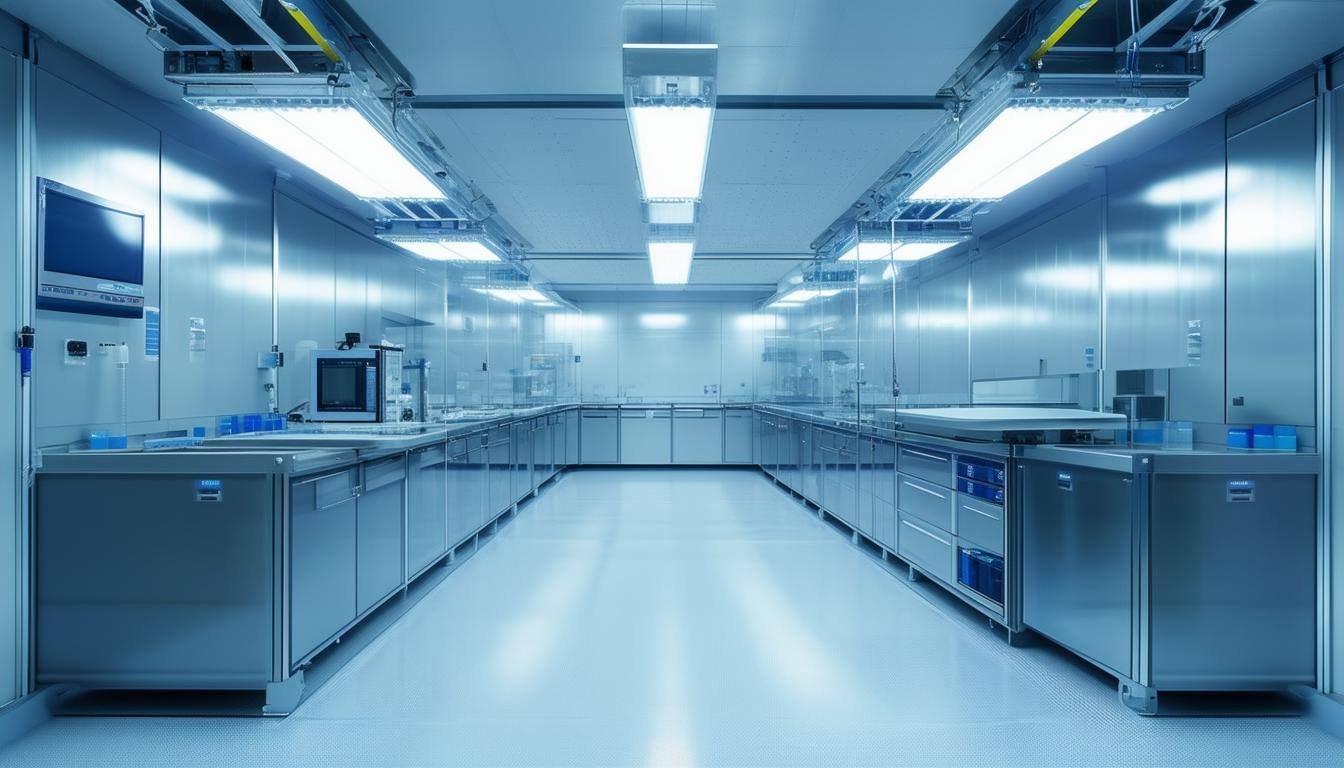
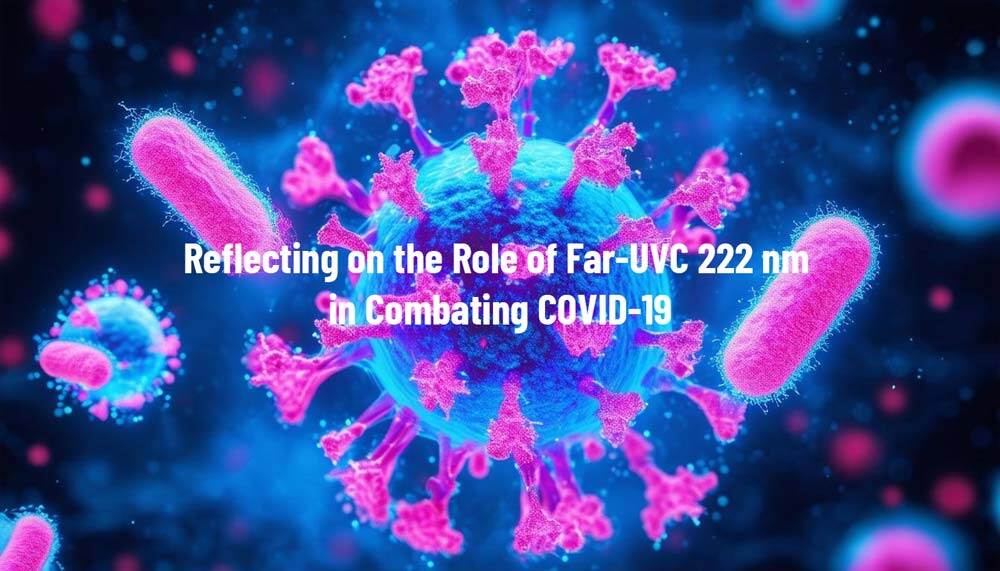
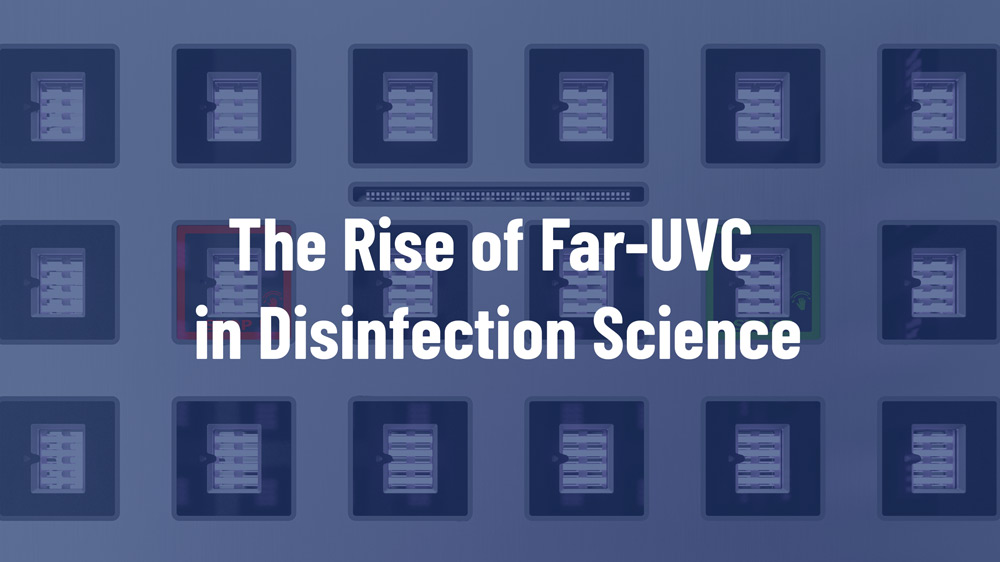
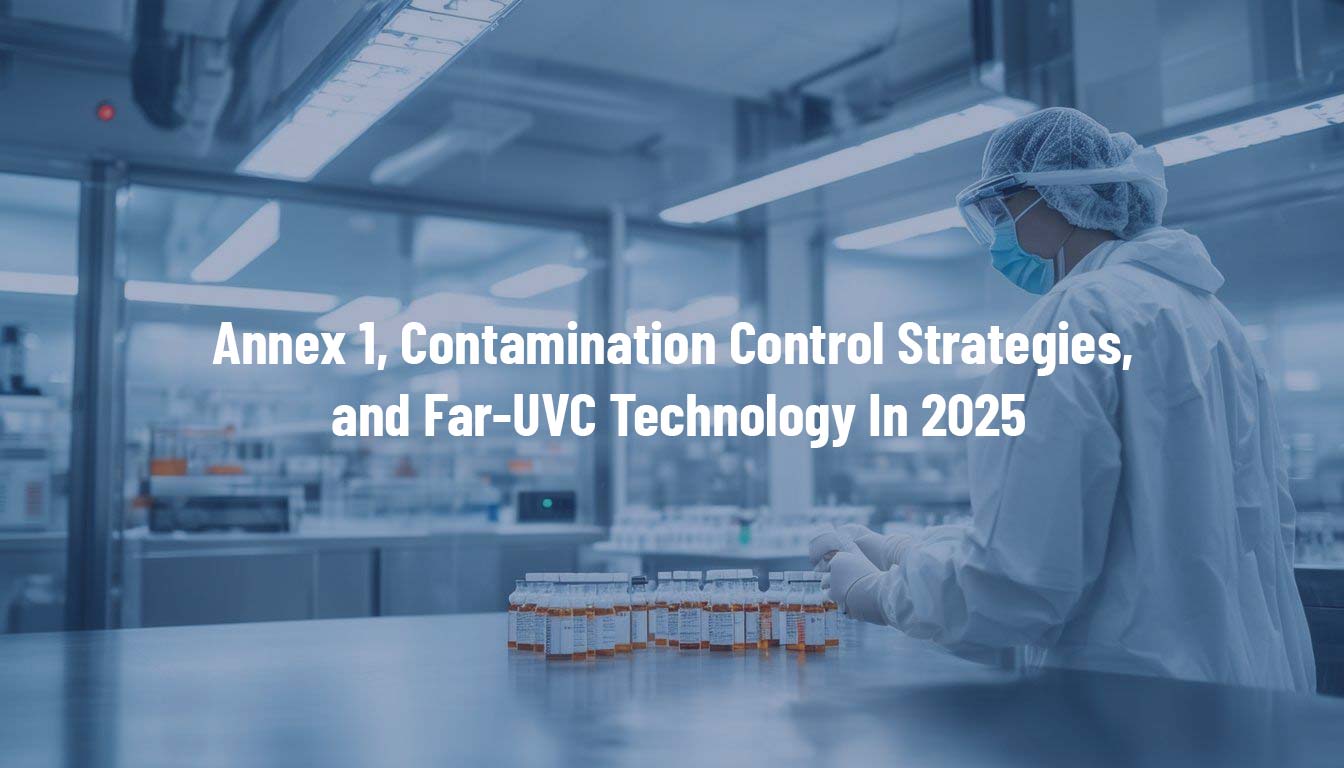
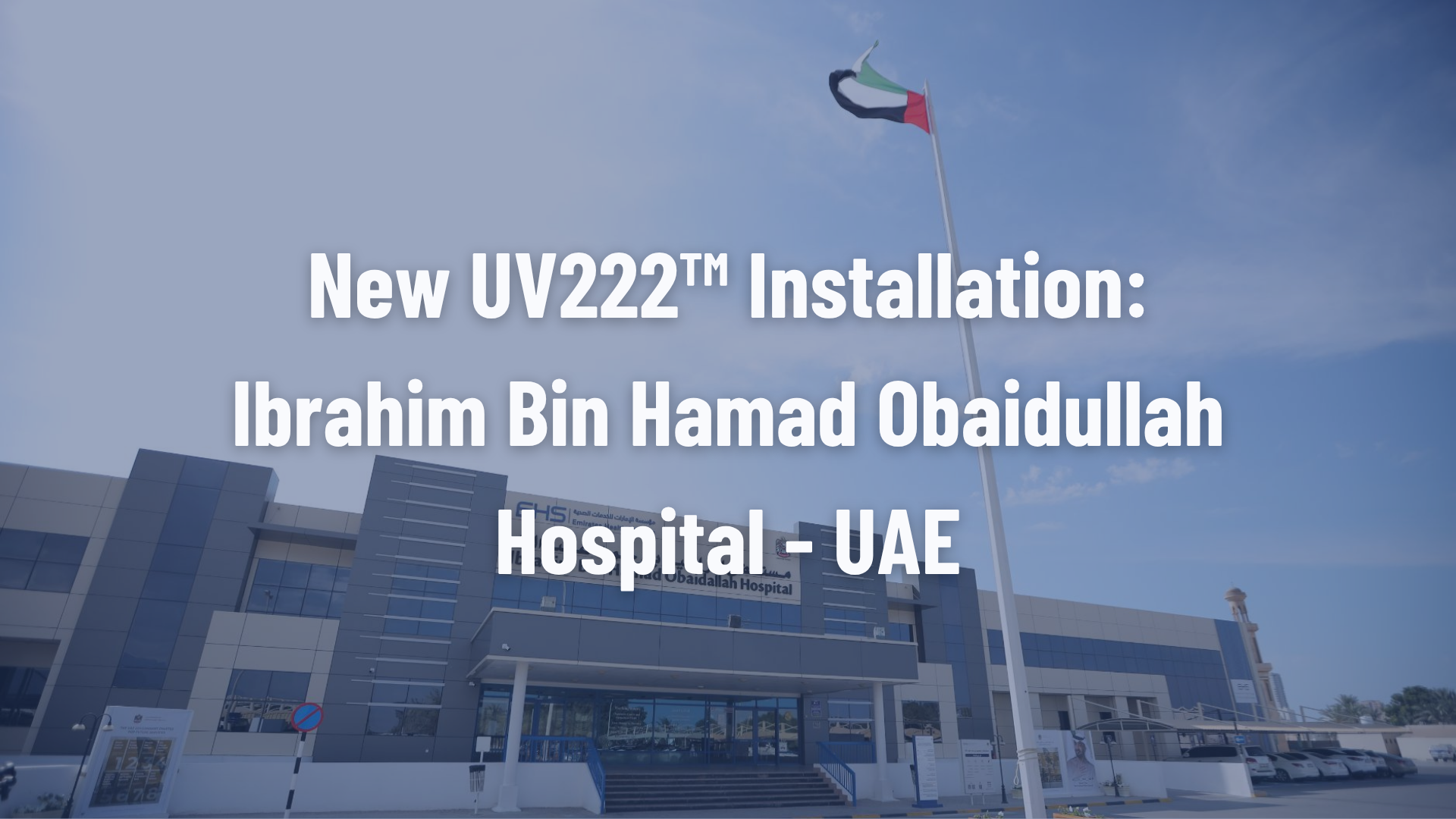
.jpg)
